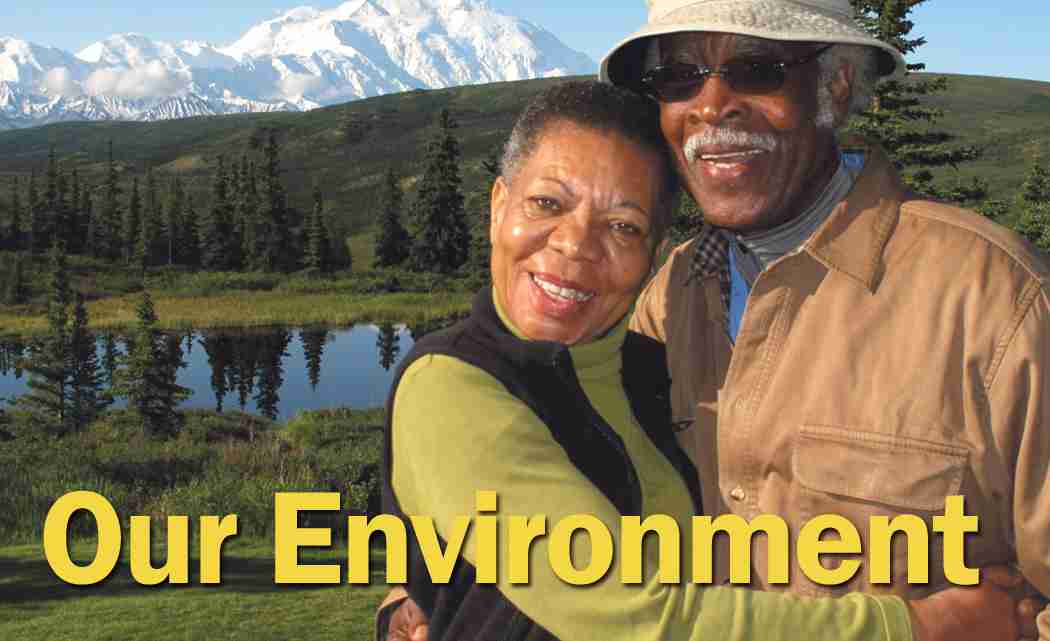Spreading between the Atlantic Ocean and the Gulf of Mexico, the lush green peninsula of South Florida sits like a precious emerald with the Caribbean Sea cupping its bottom. At a latitude where 90 percent of Earth’s land mass is bone dry desert – place your finger on the globe at Ft. Lauderdale, trace it around the world and you’ll see – we have the perfect combination of sun, sea and rain.
So unique is our region that it is the only place in the continental United States with the right conditions to support the growth of coral reefs, giving us the only barrier reef within that area. Its rise from the sea eons ago left South Florida with a limestone substrata that constitutes our freshwater storage system, the Biscayne Aquifer.
Our water comes from the “rain pump” that replenishes the aquifer. In spring and summer the sun draws water from the Atlantic. Billowing clouds laden with vapor are pushed westward by the wind and release their gift onto the land. Summer rains come with such regularity you can almost set your watch by them. That rain percolates down through the muck and sand to the aquifer to be released during the dry season. Indeed, we have a perfect system.
Our problem is we have dug, ditched, diked and paved over the land so it can no longer function as a healthy ecosystem. To stay dry we flush more water out to sea than some small countries receive annually.
How did we get here? I believe it started with our lack of respect for the natural world of which we are all a part.
When I was 12 my grandfather gave me a .22 rifle and said, “Anything you kill, you will clean it and eat it.”
Without another word he instilled in me a reverence for life in all its varied forms.
What has happened over the years is a failure to instill in our population a respect for nature and the natural functioning of the South Florida ecosystem. That began with the pioneering attitude that “swamps” and “wetlands” were meant to be “converted” into more productive economic uses. This was particularly true of the soldiers and sailors who first ventured into the vast expanses of the Everglades and saw it as “wasteland.” You could drain it for ranches and groves and fields.
“Wastelands,” “swamps,” and “wetlands” are all negative judgmental terms that suggest that we are better off without them. Little or no thought is given to the environmental service these places provide.
The geographical location of South Florida that makes it so unique could now be the stage for a major catastrophe due to sea lever rise. Surrounded by three great bodies of water we are besieged on all sides by the threat of storm surge and rising seas. Again our plight is due to the lack of respect for nature.
We look into the sky thinking it is an endless expanse, yet we live under an approximate nine-mile envelope encircling the Earth. Everything we put in that envelope is trapped here. It does not float out to Jupiter.
South Floridians should be on the leading edge of those agitating for reduction of the amount of carbon we put in the atmosphere. To paraphrase Deepak Chopra “Every action generates a force of energy that is returned to us in like kind, what we throw up in the air will come down. …”
We should get busy if we are to save ourselves and the precious little that is left of a Paradise Never Loved.
Audrey Peterman and her husband Frank are environmentalists and writers living in Fort Lauderdale. Book them for speaking engagements at www.delnsb.com and get their books at www.legacyontheland.com.













No Comment